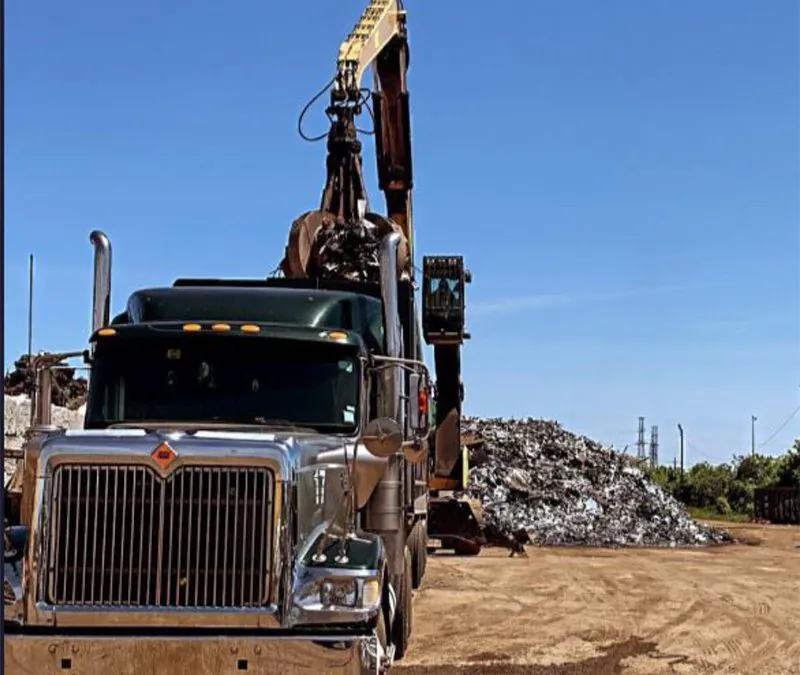Introduction
Scrap metal hauling is an essential, yet often overlooked, component of recycling and waste management. This process involves collecting, transporting, and recycling discarded metal from various sources. By turning what would be waste into valuable resources, scrap metal hauling plays a pivotal role in environmental conservation and sustainability.
Understanding Scrap Metal Hauling
Scrap metal hauling is the first step in a complex recycling process that transforms unused or unwanted metal into reusable materials. Common metals involved include iron, steel, aluminum, copper, and brass. The journey from collection to recycling involves several stages, beginning with the gathering of scrap metal from industrial sites, construction debris, old vehicles, and household waste. These materials are then transported to recycling facilities where they are processed and repurposed for new uses.
Environmental Benefits of Scrap Metal Recycling
The recycling of scrap metal offers numerous environmental advantages. Notably, it significantly reduces greenhouse gas emissions that would otherwise result from producing metals from raw materials. For instance, recycling steel saves about 75% of the energy it would take to create steel from iron ore. Furthermore, it conserves finite natural resources and reduces the energy expenditure associated with mining and metal production. Additionally, recycling helps minimize the amount of waste sent to landfills, contributing to more efficient waste management.
Challenges in Scrap Metal Hauling
Despite its benefits, scrap metal hauling faces several challenges. The removal of contaminants such as paint and rust can be both difficult and environmentally hazardous if not handled correctly. Transportation of scrap metal not only involves logistical challenges but also contributes to carbon emissions. Moreover, sorting different types of metals, which is crucial for effective recycling, can be complex and resource-intensive.
How Scrap Metal Hauling Promotes Sustainability
By facilitating the recycling of metals, scrap metal hauling is a cornerstone of the circular economy, where materials are reused and repurposed to minimize waste. Examples of successful recycling programs highlight the potential for scrap metal hauling to enhance sustainability. Advances in technology and recycling methods hold promise for making the process even more efficient and environmentally friendly in the future.
Conclusion
Scrap metal hauling has a significant positive impact on environmental sustainability. Through the conservation of resources, energy savings, and reduction of waste, it contributes to a healthier planet. The challenges it faces, while notable, are outweighed by its benefits. As individuals and businesses become more aware of the importance of responsible metal disposal and recycling, the potential for positive environmental impact grows. Encouraging more widespread and effective recycling efforts is a crucial step towards a more sustainable future.
This comprehensive overview demonstrates the integral role of scrap metal hauling in promoting environmental sustainability. By understanding both its benefits and challenges, we can better appreciate the importance of our contributions to recycling efforts and the pursuit of a more sustainable world.

